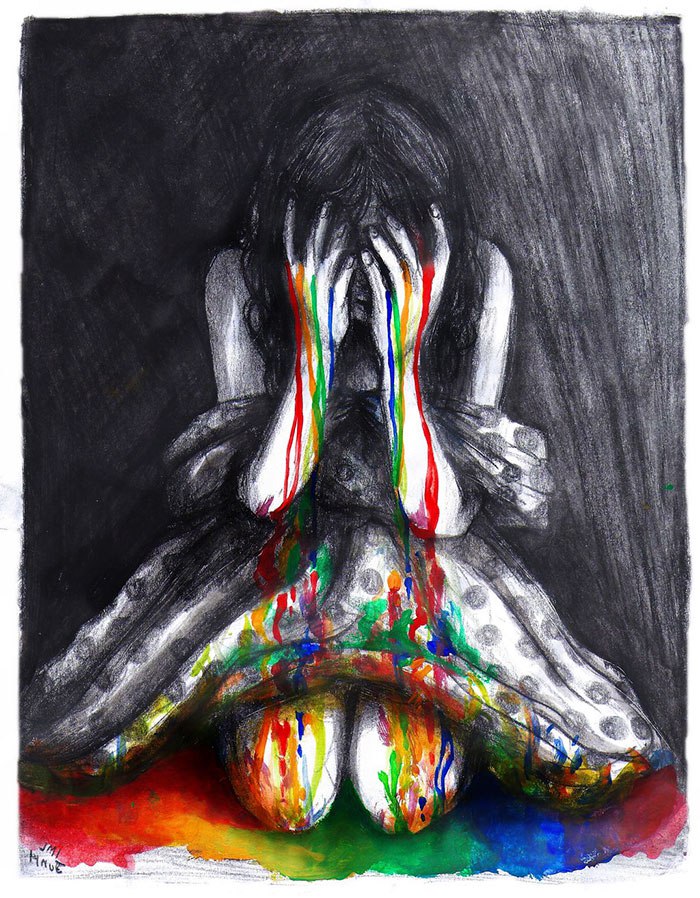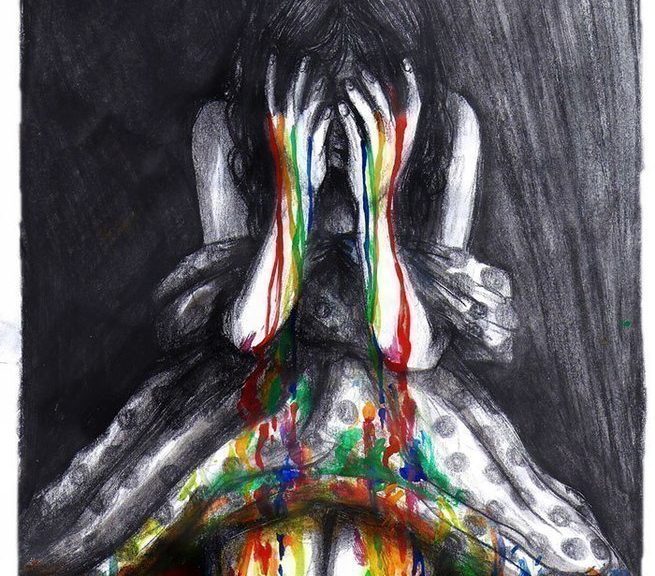By definition, a disease is an undesirable state of the body, expressed in violations of its normal functioning, life expectancy, adaptation to the environment, and limited functionality.
How would you react if your relative, friend or colleague were in a condition that is usually, if not always, associated with the following problems:
• Significantly reduced probability of establishing or maintaining a successful marriage;
• Decrease in life expectancy by 5-10 years;
• Chronic, potentially fatal liver disease (hepatitis);
• Inevitably fatal cancer of the digestive system;
• Pneumonia;
• Internal bleeding;
• Serious mental impairment, many of which are irreversible;
• Significantly increased suicide rate;
• A very low probability that side effects can be eliminated if the condition itself is not eliminated;
• Only 30% probability that the condition can be resolved through long, often expensive and time-consuming treatment in a random sample (and a very high percentage of success among highly motivated and carefully selected patients).
To this nameless state, we can add four more qualifications. First, although its origin may depend on heredity, the condition, strictly speaking, is rooted in behavior. Secondly, people in this state continue their behavior, despite the devastating consequences. Thirdly, although some perceive this condition as a problem and want to get rid of it, many others deny that they have a problem and violently resist all attempts to “help” them. Fourthly, people who resist help are inclined to communicate with each other, sometimes exclusively, and form a kind of “subculture”.
Undoubtedly, you would be very worried about someone close to you, who is in such a state, and regardless of whether the society considers this undesirable or a disease, you would like to help him. Undoubtedly, you would also resort to “treatment”, that is, you would try to help your relative, friend or colleague by completely eliminating this condition. The state we are talking about is alcoholism.
Alcoholism is clearly undesirable precisely because of all the adverse effects directly associated with it, although not every alcoholic develops a complete list of problems. This is a form of compulsive or addictive behavior that has family, psychological, social, genetic, and volitional causes. Can alcoholism be considered a “disease” in the strict sense of the word? This may be of interest for philosophical discussion, but not for practice, as well as with other dependencies. Nevertheless, despite the relatively modest indicator of “cure”, alcoholism is still worth treating, and treat it as a disease (which, in fact, does organized psychiatry, classifying it as a disorder), due to serious personal and social consequences otherwise case.

Now imagine another relative, friend or colleague who is in a state with a similar list of problems:
• Significantly reduced probability of establishing or maintaining a successful marriage;
• Decrease in life expectancy by 25-30 years;
• Chronic, potentially fatal, infectious liver hepatitis, increasing the risk of developing liver cancer;
• Inevitably fatal immune disease, and related cancer;
• Often fatal colorectal cancer;
• Multiple intestinal and other infectious diseases;
• Significantly increased suicide rate;
• A very low probability that side effects can be eliminated if the condition itself is not eliminated;
• At least 50% probability of elimination through a long, often expensive and time-consuming treatment in a random sample (and a very high success rate, in some cases approaching 100%, among highly motivated and carefully selected patients).
As with alcoholism: firstly, although the origin of the condition may depend on heredity, strictly speaking, it is a pattern of behavior. Secondly, people in this state continue their behavior, despite its destructive consequences. Thirdly, although some perceive their condition as a problem and want to get rid of it, many deny that they have any problem and violently resist all attempts to “help” them. Fourth, people who resist help are prone to almost exclusively communicate with each other and form a “subculture”.
This condition is homosexuality. However, despite the parallels between the two states, what is currently striking is the sharp differences in the reaction to them.
Dr. Jeffrey Satinover. Psychiatrist, physicist.
